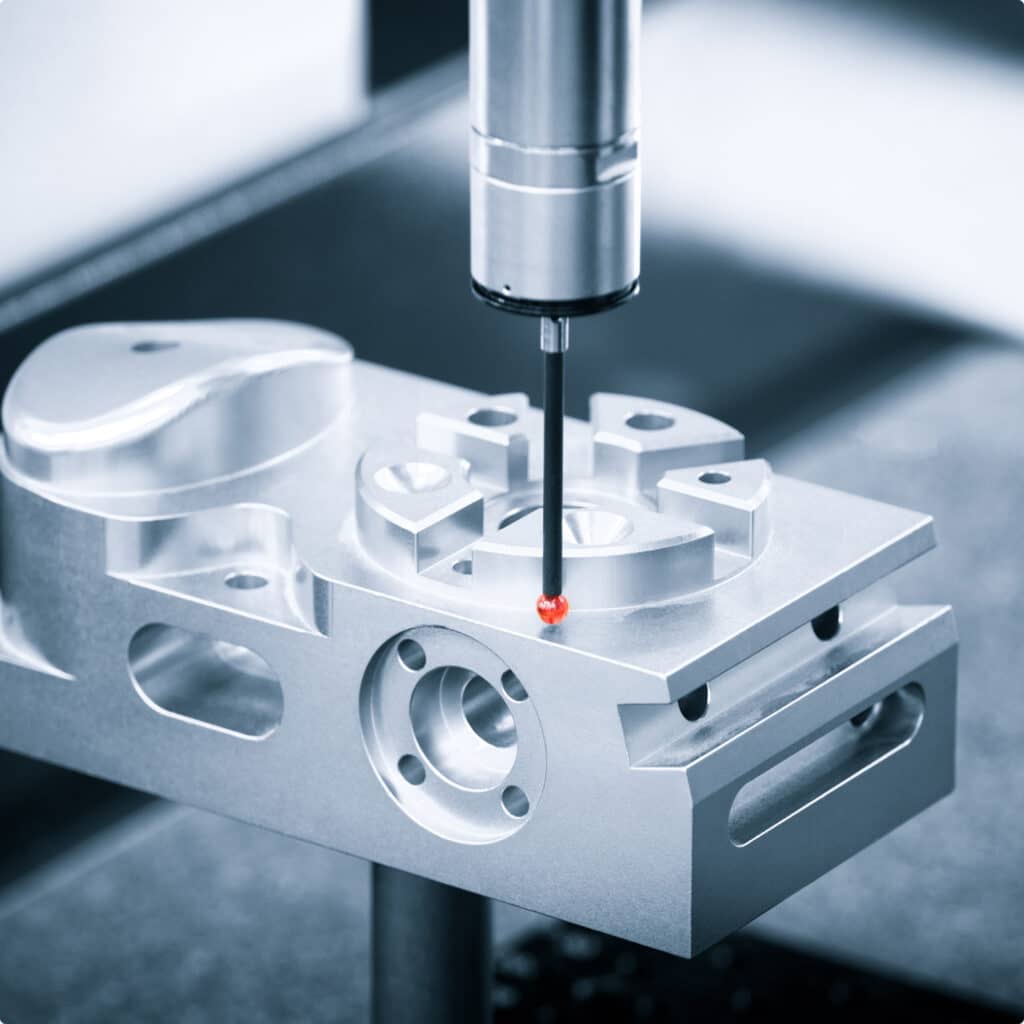
Benjamin Franklin famously made the observation that, “An ounce of prevention is worth a pound of cure.” He was talking about fire prevention, specifically, but the proverb has rightly taken on a more universal meaning.
It is particularly relevant when it comes to protecting the metal surfaces on tools and machines used in manufacturing and many other processes. As strong as today’s metals and alloys are, they are still subject to breakdown from four main types of assault:
- Corrosive
- Erosive
- Abrasive
- Contact fatigue
Fortunately, there are advanced coatings of various types that can be factored into the design process and applied to metal surfaces to protect them from these forces. That can be done after a problem is detected, in order to prevent further issues. However, there is a better, more proactive approach companies can take.
Powerful Protection for Metal Assets Right from the Start
Businesses looking to get the most from their metal tools, devices, and machines are increasingly having coatings applied not after damage is detected, but instead, during the design process when the item is first manufactured. In fact, they are incorporating coatings—which Armology can apply in thicknesses of as little as 0.000050” so as not to affect an item’s profile—into their design specifications.
It makes sense: Why wait until the metal has been compromised—even if only slightly—when a coating can prevent damage in the first place? Or, at a minimum, delay the effects of metal fatigue for an extended period. By deciding to wait, a company is essentially rolling the dice and hoping that the metal is holding up and that the item’s functionality is not being impacted.
Implementing that “ounce of prevention” at any point before an item is put into service is a wise business move for many reasons, including:
Increased longevity
Metal tools, devices, and machines that are coated last longer than those that are not. The additional time that an advanced coating can provide to a metal surface depends on what the item is, how it’s used, the way it is maintained, etc. But there is a significant benefit to not having to replace vital equipment at an oil and gas extraction facility, for example, for an additional year or more. And, even if incorporating a coating into an item’s design were only to extend its viability by six months or just a fiscal quarter, this is still a tremendous benefit, especially over a period of years.
Decreased costs
Because items last longer when coatings are considered in the design process, companies replace or repair them less frequently, which means they save money. There are also significant savings from preventing downtime due to avoidable metal failure and the productivity hit that comes with it. Plus, with scheduled maintenance, coated surfaces are much easier to clean and maintain, so work can be completed and machines brought back online quicker.
And, companies that choose to incorporate coatings into design process enjoy added benefits, such as:
Greater control over the end product
While advanced coatings provide incredible protection even in very thin layers, especially in precision operations, accounting for that depth up front helps ensure that the tool or device functions precisely as needed.
Manufacturing consistency
Coating an item after it is displaying wear or other issues is, nevertheless, beneficial. However, when coating two of the same items in that scenario, there can be differences in them after the coating is applied because of the different degrees of damage. When the coating is applied to two of the same items during manufacturing, on the other hand, they are exactly the same when the process is complete.
Ultimately, creating metal tool, device, and machine designs that take a protective coatings into account is clearly the way to go.
Coating Metal Items: Easier Than Expected
For companies that understand the value of protecting metal items but are reluctant to do so because it is an area they are unfamiliar with, the good news is that they do not have to know anything about metallurgy, protective coatings, etc. The Armoloy team has extensive expertise in this area, and can work with designers to come up with the optimal solution.
Armoloy applications engineers immerse themselves in a customer’s processes to be sure they fully understand the challenges faced and the opportunities for improvement. Then these coating experts propose an approach for maximizing the protection of a company’s valuable metal assets.
Contact Armoloy to talk with an engineer about coatings that can enhance the performance of equipment, devices, and machinery.